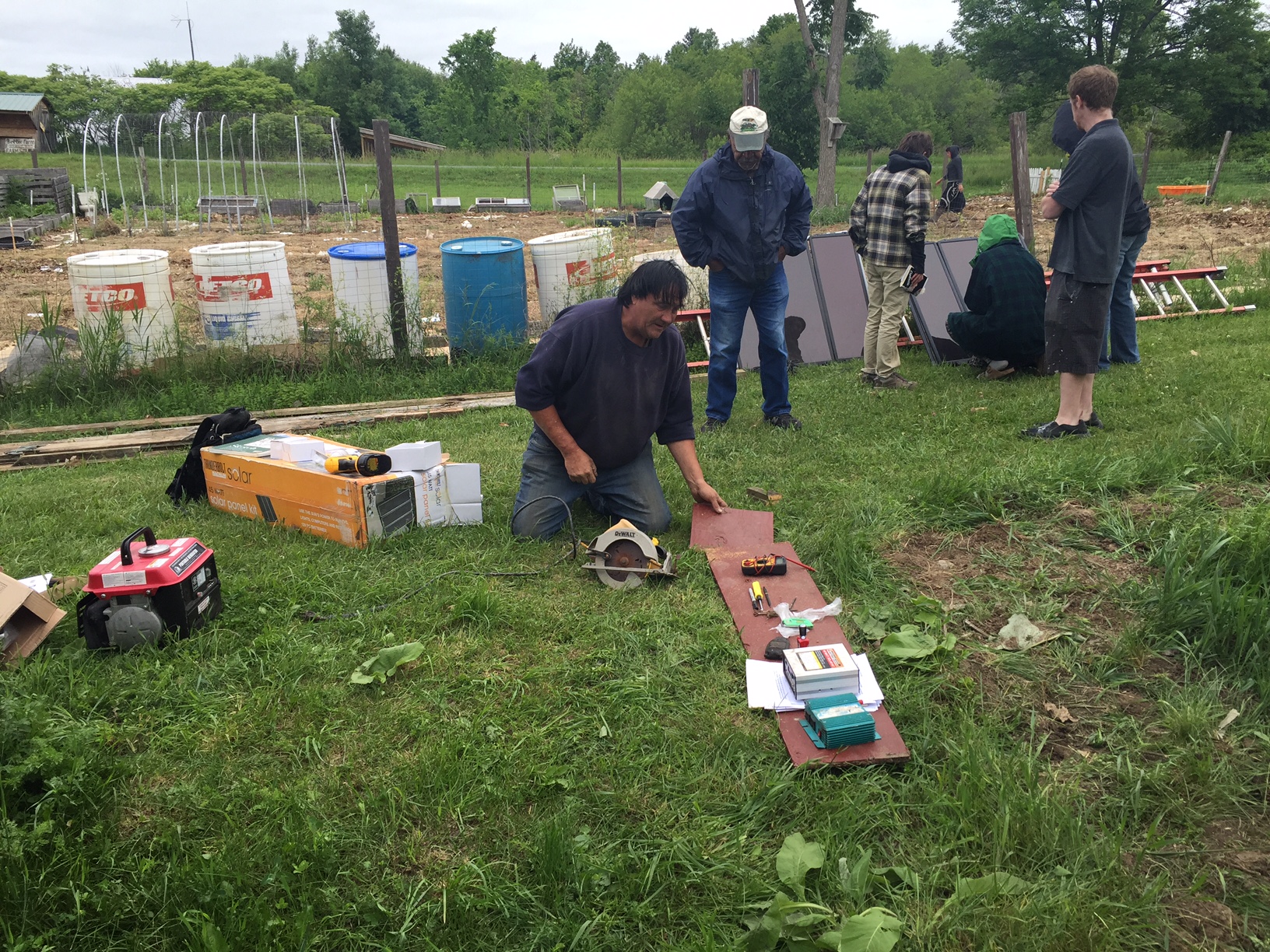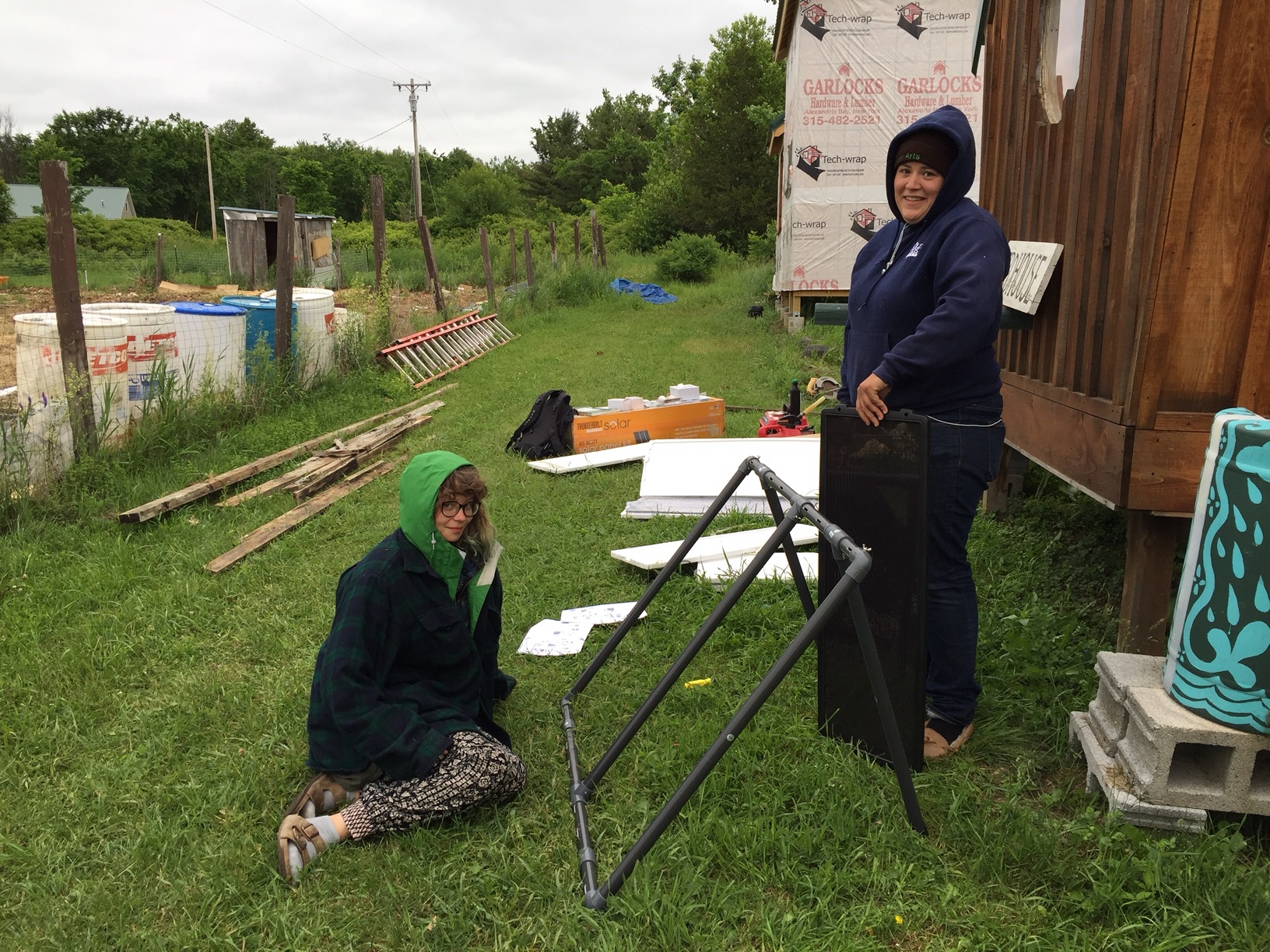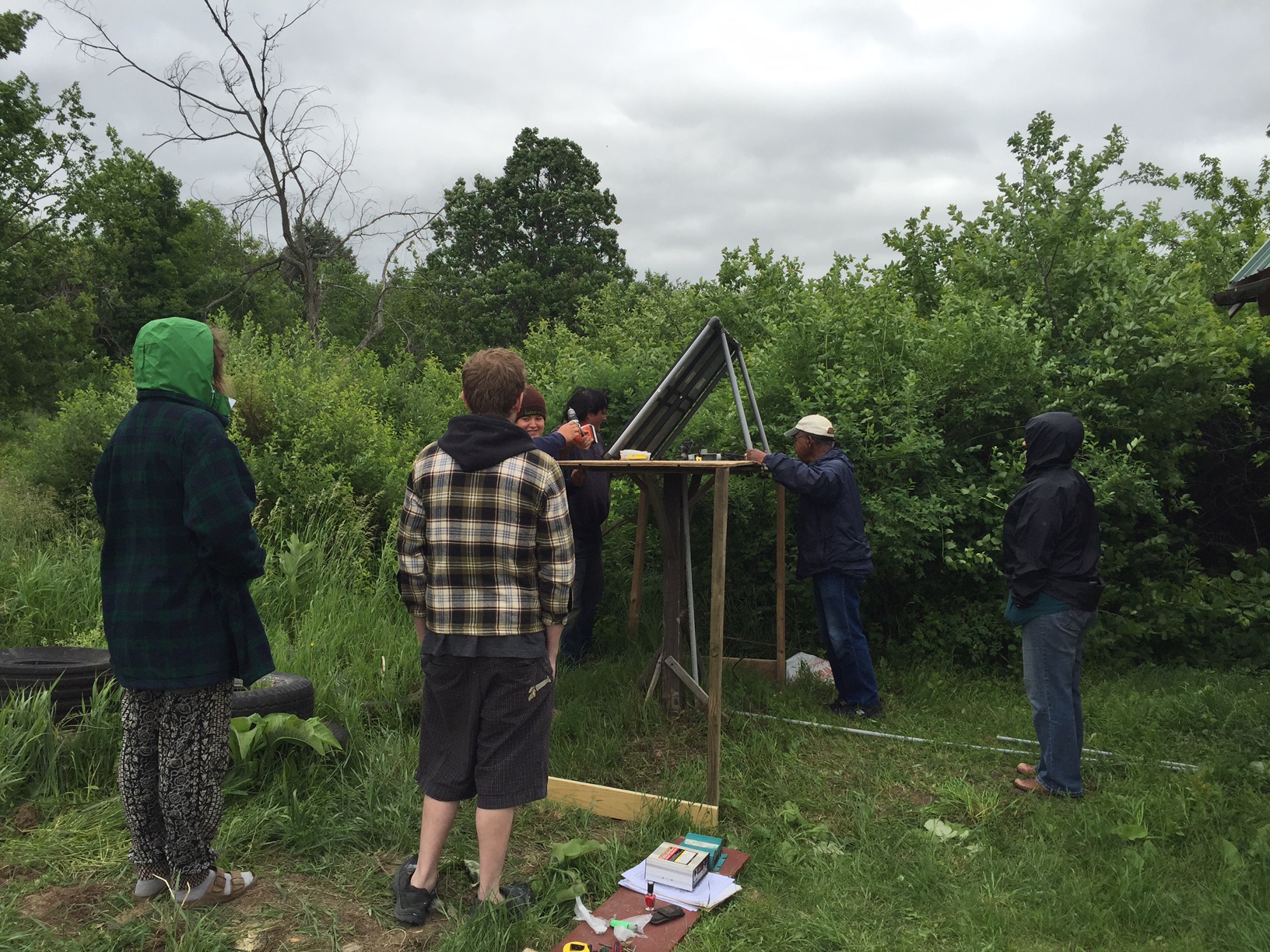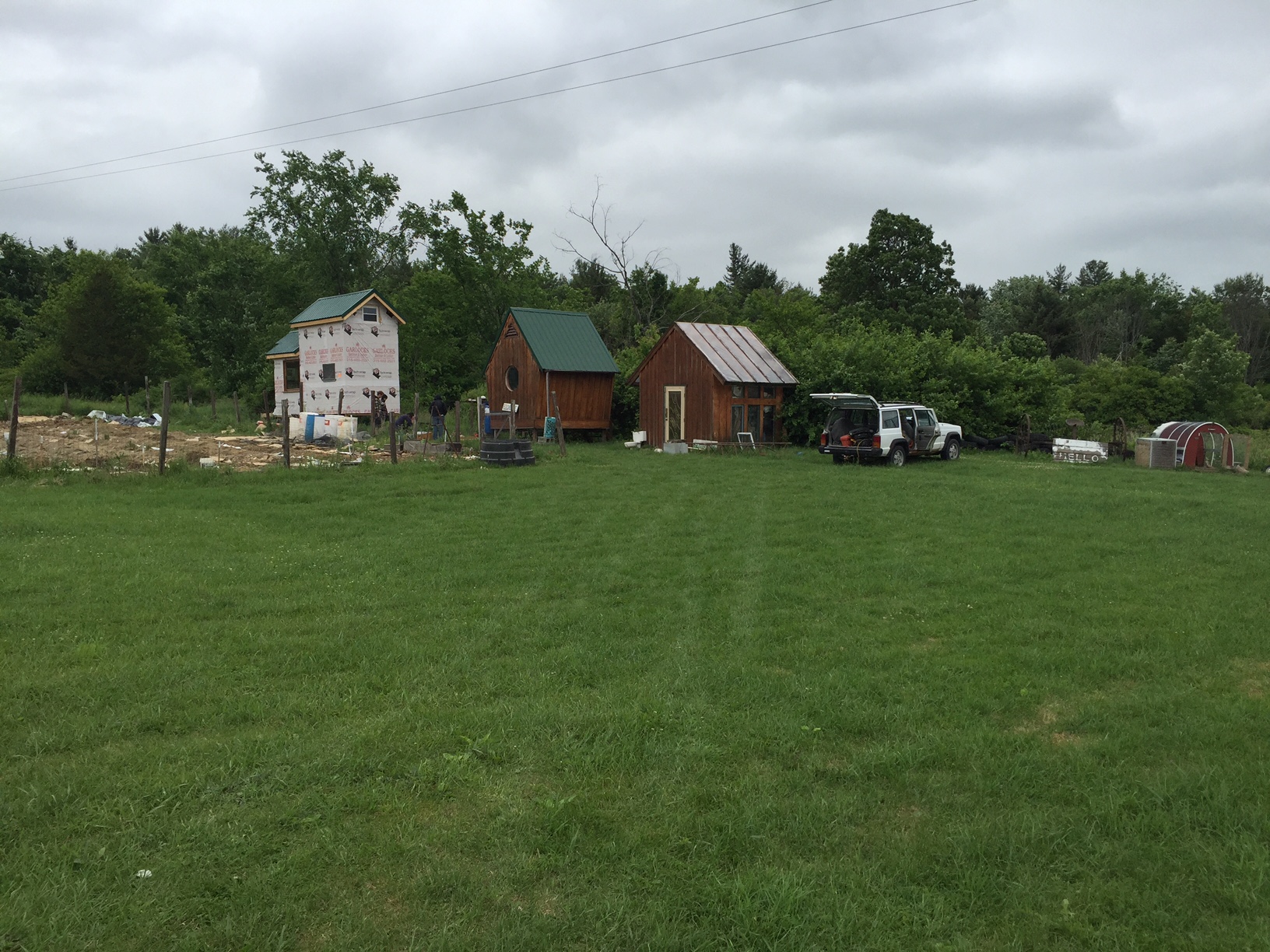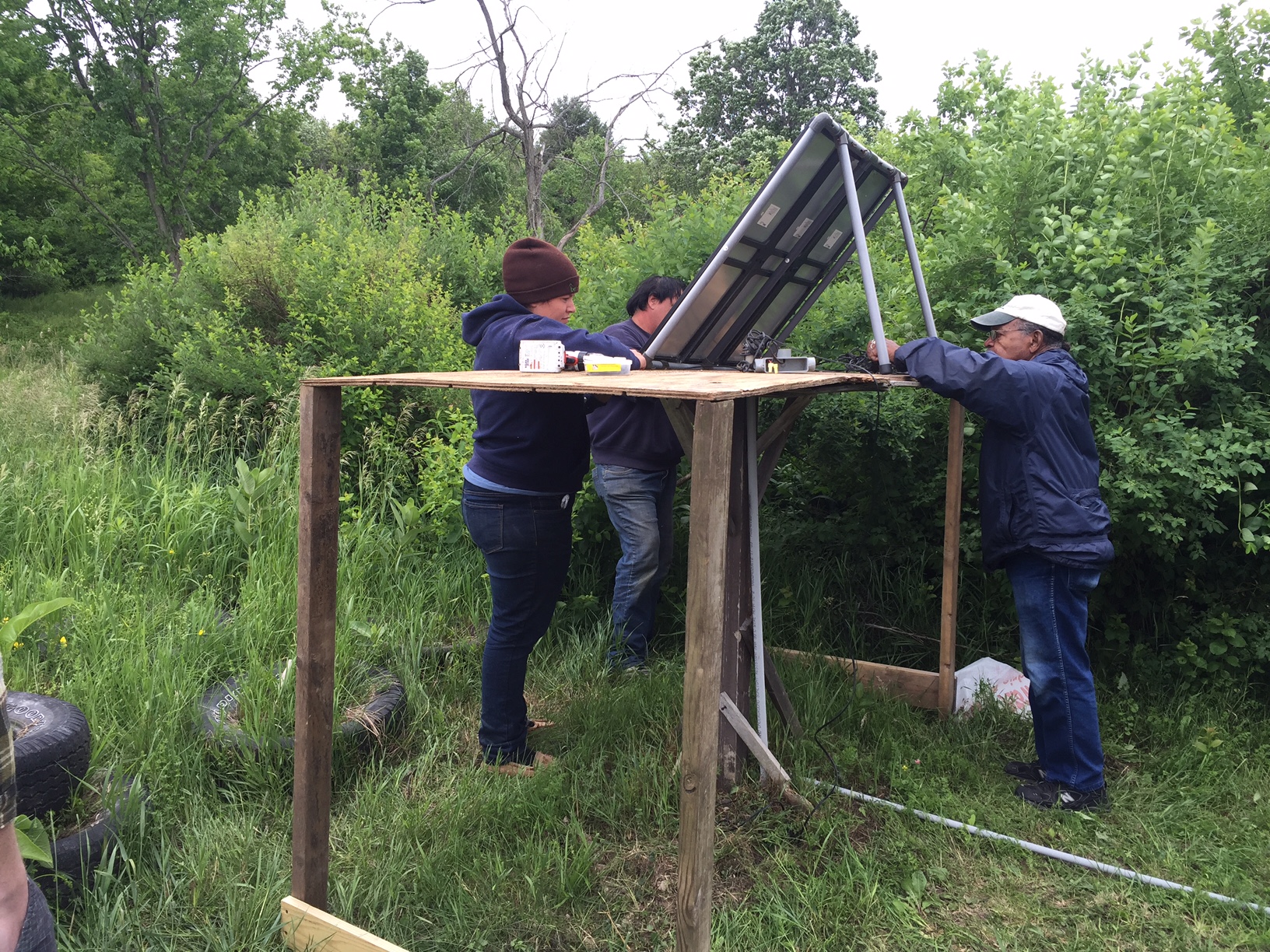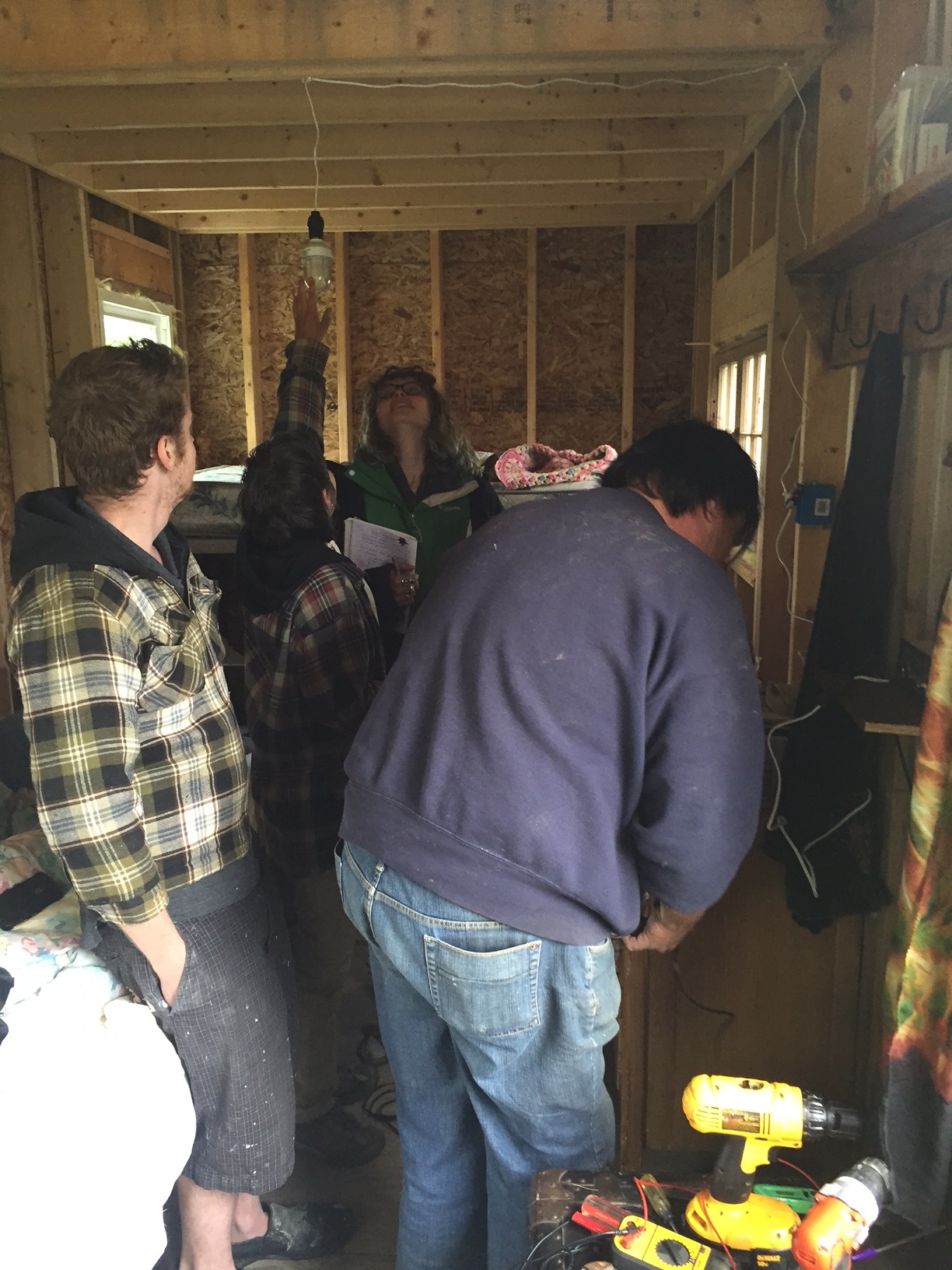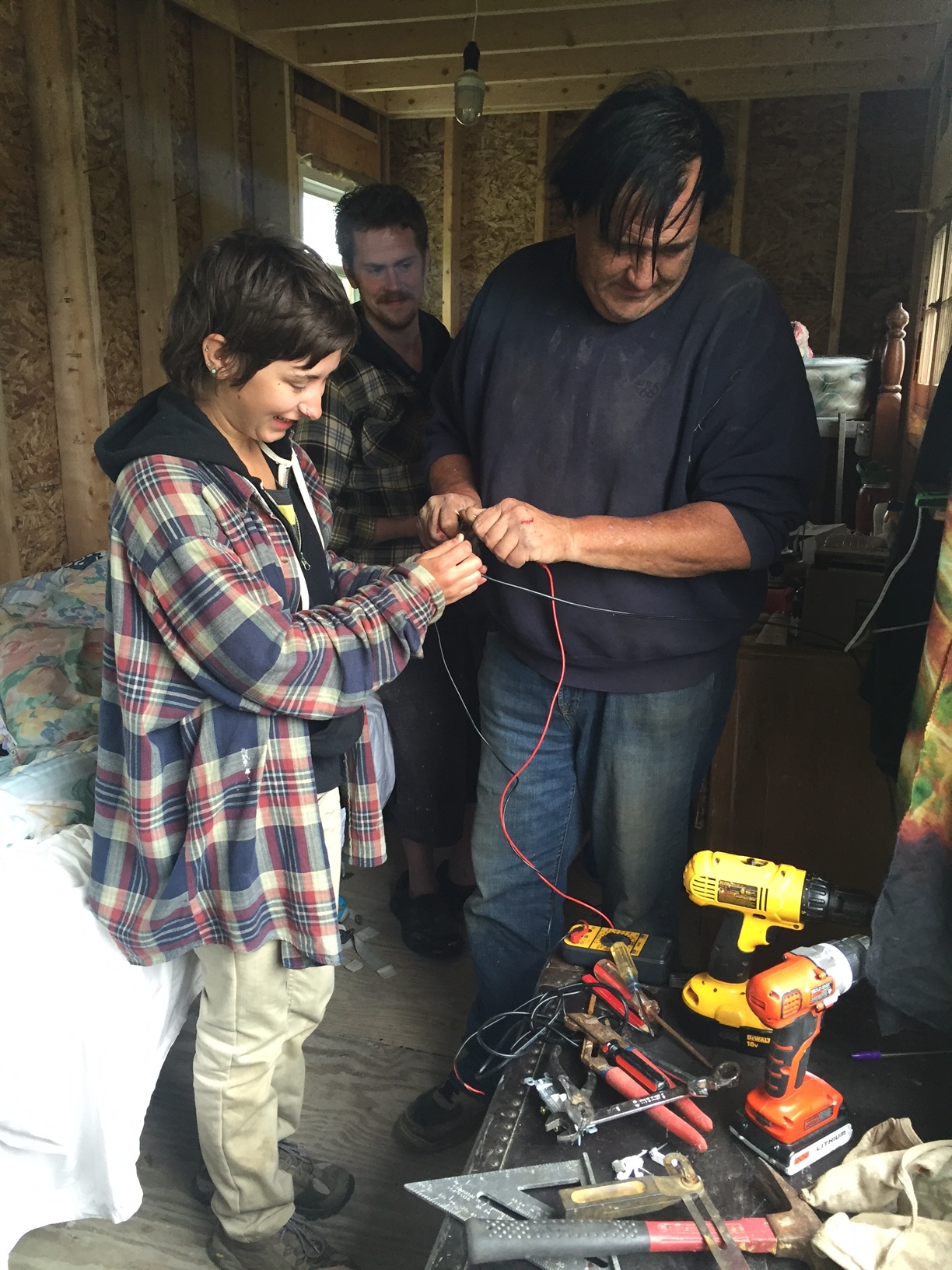There's been a lot of buzz around environmentally friendly street and path lighting, with solar energy leading the way for energy-efficient streetlamps, stop sign illumination, and more; but now there's a new buzz about glow-in-the-dark pavement providing light that won't mess with wildlife, uses zero energy, and looks really cool while it's working.
Here's all the information, gleaned from
Take Part
.
Editor's note: For more information and video footage, be sure to visit
Take Part's fully story
.
Keeping parks well lit at night can be a costly means to ensure pedestrian and cyclist safety. But a British-based company has come up with a way to turn park paths into glow-in-the-dark thoroughfares that double as energy-efficient works of art.
Created by
Pro-Teq
, Starpath is a sprayable coating of light-absorbing particles that harvests ultra-violet rays from the sun during the day and dramatically lights up like a starry sky at night. The veneer is non-reflective, anti-slip and waterproof, and can be applied to cement, wood, tarmac or other solid surfaces.
Earlier this month, Starpath was tested on all 1,600 square-feet of the paths at Christ’s Pieces Park, in the university town of Cambridge. The park is well trafficked late into the evening by cyclist and pedestrians alike.
"Our surface works best over tarmac or concrete, predominantly tarmac, which is the main bulk of the U.K. path network," says Pro-Teq’s Neil Blackmore, in a sales video. "When it's coming to the end of its useful life, we can rejuvenate it with our system, creating not only a practical, but a decorative finish."
Seeing that local city councils were increasingly shutting off park lights at night to save money, Pro-Teq developed Starpath to maintain public safety without the financial and environmental costs of overhead lighting. It's a common problem; in the U.S. for instance, cities generally count streetlights as their first or second biggest energy drains.
But the glow-in-the-dark spray also comes with additional benefits: Its non-reflective surface doesn't seem to contribute to light pollution, which not only inhibits views of the nighttime sky, but can have dire consequences for local wildlife due to the constant illumination.
Overhead street lighting does provide one important benefit to urban parks, however, and that's the deterrence of crime. It's not yet known if Starpath would provide enough light to do the same.
Pro-Teq's Neil Blackmore says that for larger urban parks where the possibility of crime is higher, his technology could be used in conjunction with overhead lighting, if not replacing street lights completely, then cutting down on the number of them necessary to illuminate darkened areas.
"I was in London today looking at a large park for Starpath," he says. "And there's lights down by the river, but in the back of the park, there's no lighting at all. So having our product there, in the complete darkness, would only benefit the user."
Pro-Teq’s demonstration project in Cambridge is tiny, though, compared to a glow-in-the-dark technology being rolled out across the English Channel.
The Netherlands began its
"smart highway"
redesign this year with the promise of using super-charged glow-in-the-dark paint to illuminate highways during the country's long, dark winters. Not only will the paint light up to define the road and its lanes, but when the temperature drops below freezing, a bright snowflake design appears on the asphalt, warning drivers about the possibility of black ice.
As innovative and environmentally-friendly as the Netherlands' design is, though, Pro-Teq's Starpath may have bested it in terms of pure aesthetics. The starry spray is dramatic and not only lights up to a brilliant blue (as seen in the video above), but is also available in other sparkling colors, like red, gold and green.
Whether its application could extend to some roadways remains to be seen, but at least for now, Starpath looks like an energy-efficient way to light up parks while simultaneously turning them into eye-catching art displays.





